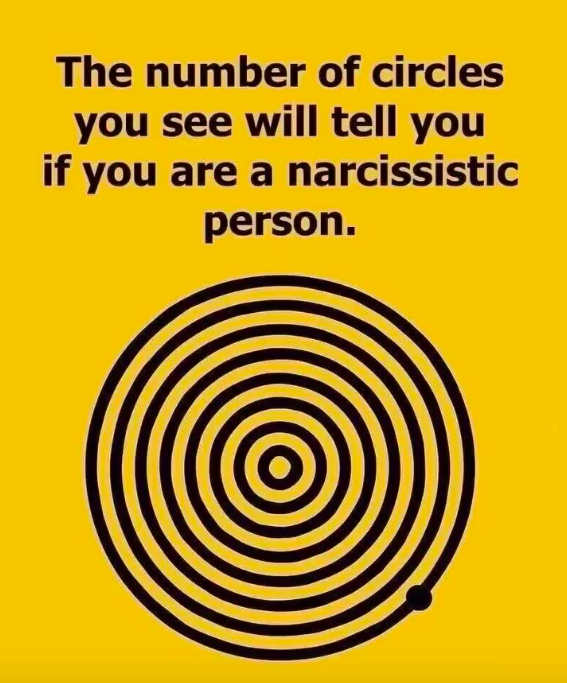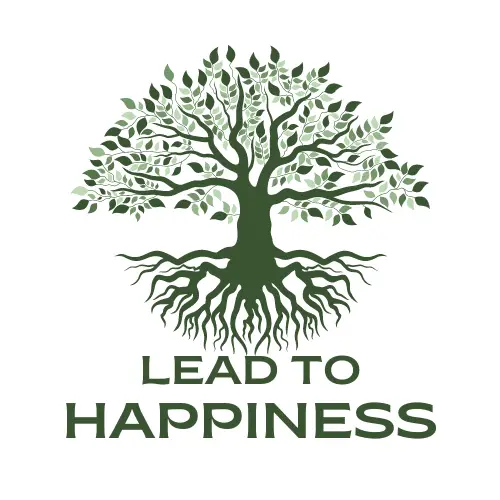In today’s fast-moving digital world, where attention spans are shorter than ever, few things manage to grab our focus quite like the playful “personality tests” that constantly circulate on social media. These simple yet intriguing posts invite us to pause mid-scroll, look closer, and reflect on what we see — even if only for a fleeting moment.
One particular image has recently swept across the internet, sparking endless debates and shared curiosity. It features a pattern made of overlapping circles, accompanied by a bold claim: “The number of circles you see can reveal something about your personality.”

At first glance, it’s easy to see why people stop scrolling. Some viewers immediately begin counting the circles one by one, trying to be as precise as possible. Others tag friends or family, eager to compare results and discuss what each interpretation might mean. What begins as a lighthearted visual challenge quickly evolves into a communal moment of wonder and self-exploration — a shared fascination with how differently each of us sees the same image.
The illusion itself is deceptively simple yet remarkably clever. Many people first perceive it as a swirling spiral that seems to move before their eyes, while others quickly recognize that it’s actually composed of distinct, perfectly round circles. Depending on how your brain processes shapes and contrast, you might spot all of them right away — or miss several without realizing it.
This doesn’t mean one person’s vision or mind is “better” than another’s. Instead, it highlights how uniquely our brains interpret visual information. Each of us perceives patterns, colors, and spatial relationships in our own way, influenced by countless factors like attention, experience, and even mood at the time.
That’s what makes these viral illusions so captivating. They aren’t scientific personality tests in the strict sense, yet they fulfill a very human need: the desire to understand ourselves just a little better. Whether you take them seriously or just for fun, they remind us that perception is deeply personal — and that what we see is often a reflection of how we think.
So the next time a post like this appears on your feed, take a second to stop and observe. Count the circles. Share your answer. Laugh when your friend insists they see something completely different. Beyond the fun and novelty, these simple moments reveal something beautiful — that even in a world dominated by fast scrolling and fleeting trends, we’re still fascinated by the mysteries of the human mind and the many ways it shapes our reality.


